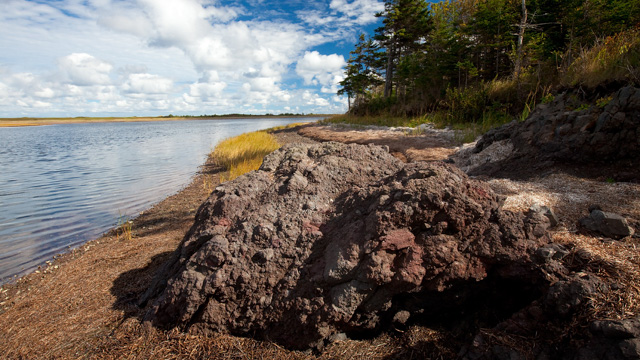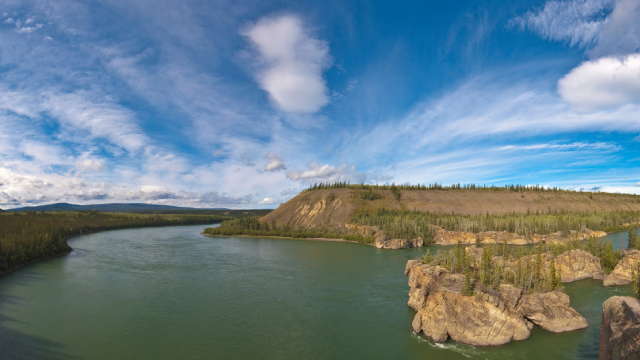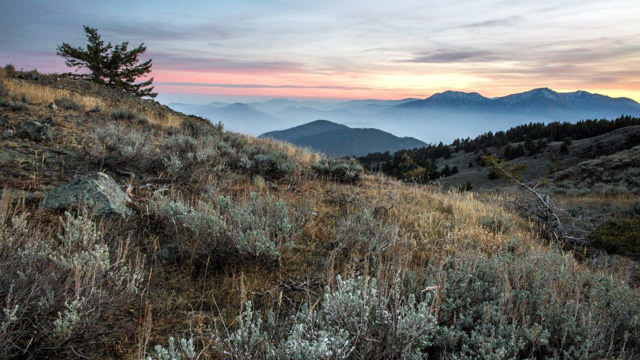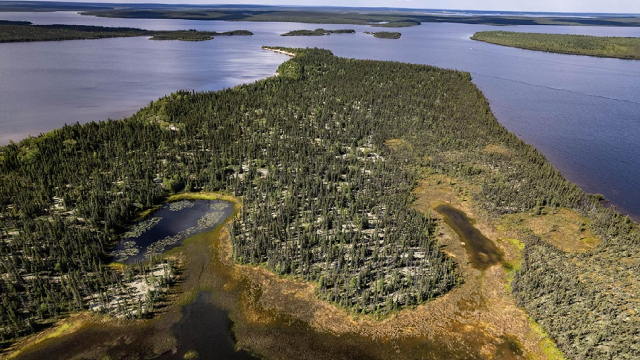Creating new national parks
Canada’s network of national parks plays an important role in halting and reversing biodiversity loss and fighting climate change by protecting healthy ecosystems and contributing to the recovery of species at risk.
Strong relationships with Indigenous partners contribute to the process of reconciliation between Indigenous peoples, Parks Canada, and other Canadians. This is based on the recognition of rights, respect, co-operation, and partnership. The creation of new protected areas provides an opportunity to advance strong relationships with Indigenous communities based on principles of shared stewardship and co-management.
Map of national parks and national park reserves in Canada

Sunset atop Mount Kobau, within the working boundary of the proposed national park reserve in the South Okanagan-Similkameen
British Columbia
Photo: Rob Buchanan
Current proposals and feasibility studies

Pituamkek (Hog Island Sandhills)
Pituamkek National Park Reserve established July 4, 2024
Prince Edward Island
Photo: © Epekwitk Assembly of Councils
30% by 2030
Presently, approximately 343,456 square kilometres of land in Canada are protected though 37 national parks, 11 national park reserves and 1 national urban park.
The Government of Canada is committed to protecting biodiversity through the conservation of 30% of lands by 2030. Parks Canada will strive to contribute to this goal by establishing 10 new national parks. This will be achieved by working with Indigenous communities and governments on co-management agreements for these new national parks.
How new parks are created
A range of factors are reviewed when considering an area as a candidate for a new national park. These include:
- cultural significance
- biodiversity
- landscape connectivity
- level of representation within the current system plan
- support of Indigenous communities and governments
- support of relevant provincial or territorial governments
There is no rigid process for establishing new national parks. Each proposed project is unique and reflects local circumstances. The standard sequence, however, is framed by five steps:
- 1 Identifying representative natural areas
- 2 Selecting a potential area
- 3 Assessing the feasibility of a national park, including consultations
- 4 Negotiating agreements
- 5 Establishing a national park under the Canada National Parks Act
Each step in the sequence is its own discrete process and takes a varying amount of time. As well, a project may be stopped at any point before reaching step-5. If a site is determined not to be feasible, then the selection of another potential area will take place.
Between steps 3 and 5, interim protection is granted to the lands in question. This means the area is temporarily protected from external development.
Related links
- Date modified :


